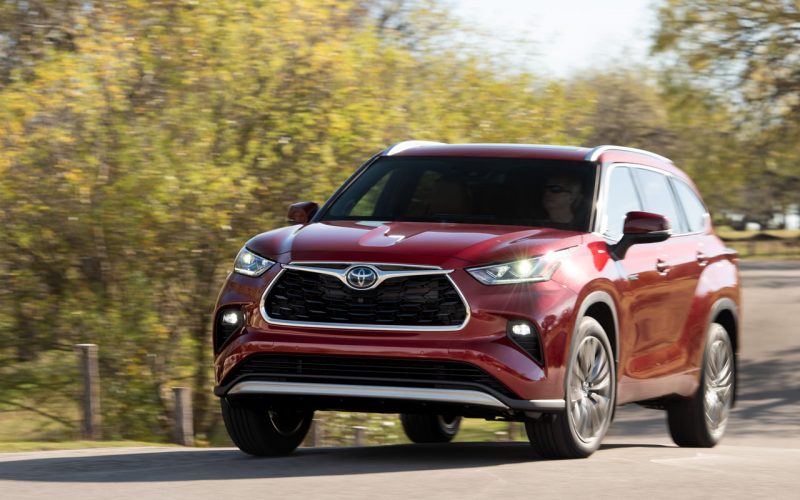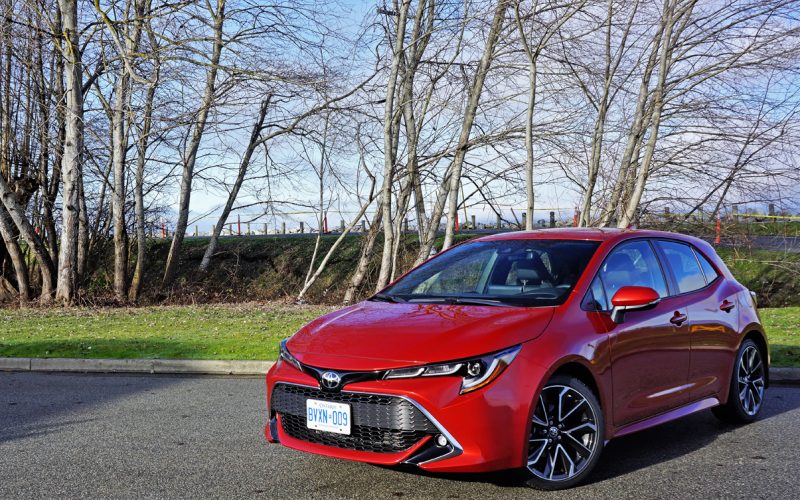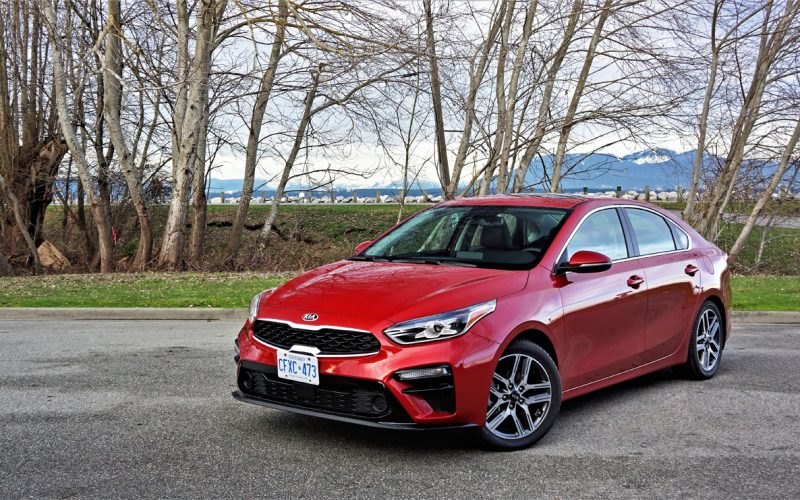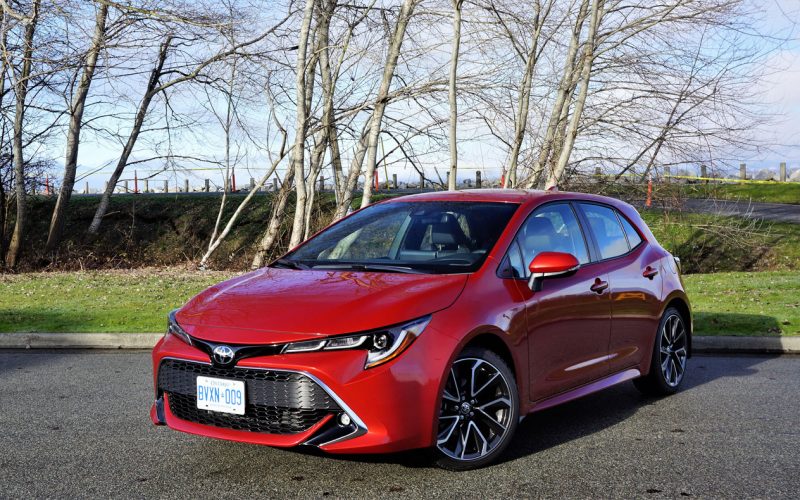
Reading Time: 3 minutesNo other automaker has sold more hybrid electric vehicles than Toyota, the brand having initiated the

Reading Time: 12 minutesToyota may have said sayonara to its Scion line a few years ago, but the youth-oriented

Reading Time: 13 minutesThe redesigned 2019 Forte is one handsome looking compact sedan, with clean, simple, modern lines that,

Reading Time: 6 minutesToyota will give its ever-popular Corolla compact sedan a fresh new face for 2020, but thanks
© 2025 The Car Magazine. All Rights Reserved, Privacy Policy | Terms of Use